#arthur malet
Text
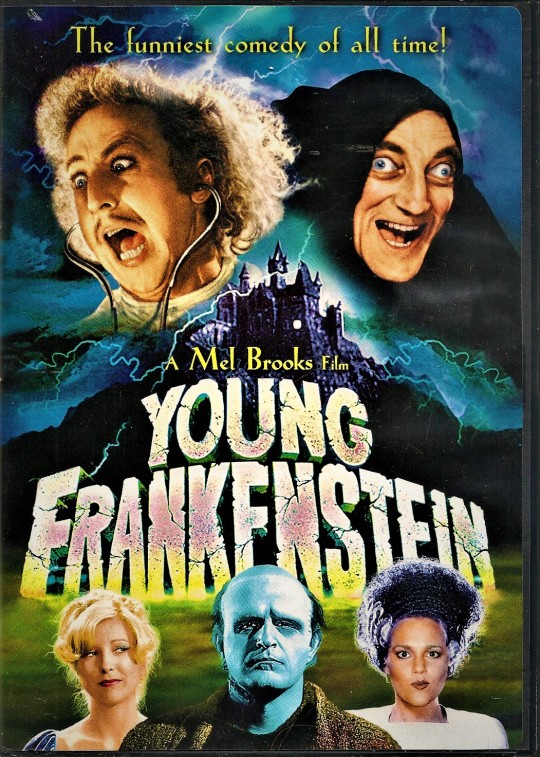
Bad movie I have Young Frankenstein 1974
#Young Frankenstein#Gene Wilder#Peter Boyle#Marty Feldman#Madeline Kahn#Cloris Leachman#Teri Garr#Kenneth Mars#Richard Haydn#Liam Dunn#Danny Goldman#Oscar Beregi Jr.#Arthur Malet#Richard A. Roth#Monte Landis#Rusty Blitz#Anne Beesley#Gene Hackman#John Madison#John Dennis#Rick Norman#Rolfe Sedan#Terence Pushman#Randolph Dobbs#Norbert Schiller#Pat O'Hara#Michael Fox#Lidia Kristen#Mel Brooks#Michael Jeffers
71 notes
·
View notes
Photo








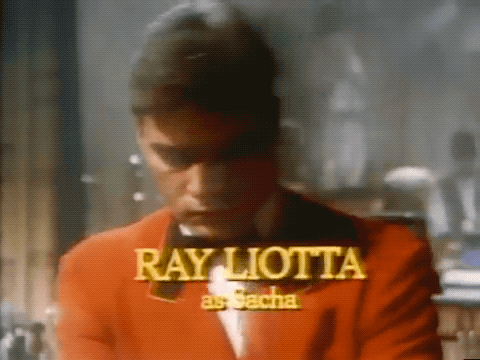

Casablanca (1983)
#my gif#casablanca#1983#1980s#vintage#television#vintage television#gif#gifs#gifset#scatman crothers#ray liotta#kai wulff#arthur malet#patrick horgan#hector elizondo#david soul
95 notes
·
View notes
Text
Taron e la Pentola Magica
Taron e la Pentola Magica
Benvenuti o bentornati sul nostro blog. Nello scorso articolo abbiamo ripreso a parlare della Disney, arrivando così al suo 24° classico animato ossia Red e Toby nemiciamici. Una pellicola importante per lo studio, che vide un cambio generazionale. Fu infatti l’ultima opera a cui lavorarono alcuni dei leggendari Nine Old Men, che lasciarono il tutto nelle mani di animatori come Brad Bird, John…
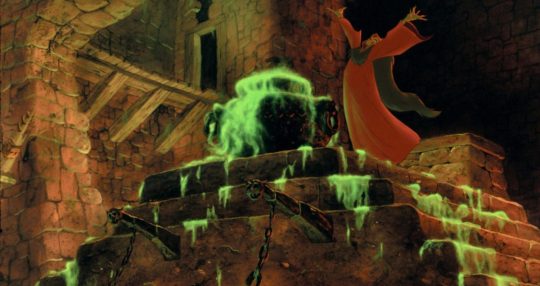
View On WordPress
#Ailin#Al Wilson#Andreas Deja#Animation#animazione#Art Stevens#Arthur Malet#Buena Vista#Buena Vista Distribution#Cornelius#Creeper#Dalben#David Jonas#Disney#Disney Bros. Studio#Eilonwy#Elmer Bernstein#Ewy#Fflewddur Fflam#film#film d&039;animazione#film maledetto#Frank Thomas#Freddie Jones#Glen Keane#Grant Bardsley#Gurghi#Hen-Wen#Jeffrey Katzenberg#John Byner
0 notes
Text
youtube
Thomas Dolby, aka Steve & Yolanda, who are actually Robin Williams and Joan Cusack, 1992: "The Mirror Song", aka "Memories of Things", from the movie "Toys"
Not widely remembered these days, but a seminal experience for me as a kid. Robin Williams plays a toy company heir trying to stop the company from falling into the hands of his uncle, who wants to start manufacturing deadly military drones controlled by kids that think they're playing harmless video games. Joan Cusack [spoiler] turns out to be an android. LL Cool J plays Michael Gambon's son. There's an unrevealed amphibious assault creature known only as "the Sea Swine". Besides this banger, the soundtrack includes Enya's Christmas song, a battle theme by Frankie Goes To Hollywood, and Tori Amos singing about how fun it is to work in a factory. Robin Wright and Arthur Malet are there. Does it make any sense? No, none. HOWEVER.
28 notes
·
View notes
Text
On premonitions of death
In the early sixties, a French historian, Philippe Ariès, who had already written a radical book about childhood, became deeply occupied with the manner of our dying. Ariès never held a university position. For thirty-five years, he ran the document department of a research institute devoted to tropical fruits. Occasionally, he was mocked by more credentialed academics as “the banana seller.” He read Latin on the train to work. Ariès wondered whether France’s funerary customs—the pious walk to the graveyard; the veneration of tombs—were age-old or more recently invented. He investigated the digging of Paris’s great modern cemeteries, in the late eighteenth century. During his research, Ariès glimpsed an earlier, tantalizing world of reused graves and mingled bones, where men and women responded differently to the end of their lives.
Once he began studying old rites and the verses of medieval danses macabres, Ariès found that he could not stop. With his wife, Primerose, he began to visit the national archives, where they spent three years of weekends reading old wills, from the nineteenth century back to the sixteenth. He gave himself to the story of death. “There was no turning back!” Ariès recalled. “I had lost all freedom; from now on I was totally caught up in a search that constantly expanded.”
Ariès came to the conclusion that, over the course of a thousand years, death had become increasingly private, to the point of invisibility. In the process, it had grown wild. In the early Middle Ages, death had been more commonplace, a simpler and more collective act. “We all die.” It was the sign of a good life to know that the end was at hand. A bell would ring by itself. A man would hear three knocks on the floor of his room. An inscription from 1151, in Toulouse, told how the sacristan of Saint-Paul-de-Norbonne “saw death standing beside him,” made his will, prayed and died. In Arthurian legend, King Ban watched his castle burn, fell off his horse and looked up to the sky, beseeching, “Oh Lord God . . . help me, for I see and I know that my end has come.” I see and I know. Ariès italicized the words. Gawain, Arthur’s nephew, is asked: “Ah, good lord, think you then so soon to die?” He replies: “Yes. I tell you that I shall not live two days.”
[...]
Ariès was fascinated whenever a fragment of the old ways survived. In 1959, almost twenty years before Ariès published The Hour of Our Death, a retired shoeshine named Malete Hanzakos began to prepare for the end of his life in Bucyrus, in northern Ohio. Hanzakos, who was known as Mike, migrated from Sparta, in Greece, to New York City after the First World War. He settled in Bucyrus in the thirties, where he cleaned shoes, grew vegetables and drove his paneled truck through red lights, stopping when they turned green. He never married or spoke much English. At the age of seventy-seven he suffered no more than the usual aches and pains. In the last year of his life, Hanzakos chose a cemetery plot, had a headstone engraved (except the final date), tended his grave, ordered flowers for his funeral (tied in a ribbon of white and blue, the national colors of Greece) and wrote an obituary for the local newspaper, which refused to print it while he was still alive. He could have been reading from The Rule and Exercises of Holy Dying, written by Jeremy Taylor, an Anglican vicar, in 1651: “Death hath come so near to you as to fetch a portion of your very heart; and now you cannot choose but dig your own grave, and place your coffin in your eye.”
On Boxing Day, Hanzakos asked his sister, Constance, and her son and his family to drive down from Michigan to see him. They ate burgers at the LK Restaurant in town, inspected his grave, which he was proud of and which upset them, and then all crammed into Hanzakos’s one-room apartment under a machine shop. The shoeshine handed out some jars of vegetables that he had canned and a few envelopes of cash. When his nephew tried to refuse the gift of his old shoe brushes, Hanzakos said, “No, boy, I don’t need anything any more,” took a step toward the kitchen table and fell to the floor. He was dead before the doctor arrived.
“The Man Who Died on Time,” the story of Hanzakos’s foreseen death, was published by Life magazine in early 1960. A few years later, it caught the eye of George Engel, a professor of psychiatry at the University of Rochester, in upstate New York, who collected such stories. Like Barker, Engel was gripped by cases of people who appeared to have dropped dead because of some surfeit of emotion or certainty about their fate...
In the sixties, Engel collected 170 cases of sudden or eerie deaths, which he mostly found in press reports. He organized them into eight categories, including “on loss of status or self-esteem,” “during acute grief” and “after the danger is over” (a handful of people often die this way after earthquakes). Like Barker, Engel wanted to expand the frontiers of psychiatry and to pay more attention to the physiological impact of our emotions. In 1980, he wrote a landmark paper advocating a new “biopsychosocial model” for medicine that would take into account not just the bodies of patients, but also their minds and the societies in which they lived. He was a man with time for the nocebo effect.
And, like Barker, Engel was also compelled by forces that weren’t entirely rational. On July 11, 1963, Engel’s twin brother, Frank, who was also a distinguished doctor, died suddenly of a heart attack at the age of forty-nine. The two men had been exceptionally close: indistinguishable as boys; rivals and, more recently, collaborators as they pursued their medical careers. They called each other “Oth,” as in “Other.”
After his brother died, Engel became convinced that his life was also running out. He saw death standing next to him. Then a magical notion took hold: that if he could survive the calendar year after his twin’s passing, then he would live out a normal life. “I was fully aware of the irrational nature of this idea, but nonetheless found it impossible to dispel,” Engel recalled. On the afternoon of June 9, 1964, just short of eleven months after his brother’s death, and a few hours ahead of an awkward meeting which, like John Hunter, he was in no mood to attend, Engel suffered the heart attack that he had been waiting for. He was in his office in Rochester. It was not fear that he felt. “My reaction to the attack was one of great relief. I not only escaped the unpleasant meeting, I no longer had to anticipate the heart attack; the other shoe had fallen, so to speak,” the psychiatrist wrote, in an extraordinary paper, in 1975. “I felt serene and tranquil. The waiting was finally over.” I see and I know.
-- Sam Knight, The Premonitions Bureau
16 notes
·
View notes
Text

Movie: Halloween (1978 film)
Synopsis: On a cold Halloween night in 1963, six year old Michael Myers brutally murdered his 17-year-old sister, Judith. He was sentenced and locked away for 15 years. But on October 30, 1978, while being transferred for a court date, a 21-year-old Michael Myers steals a car and escapes Smith's Grove. He returns to his quiet hometown of Haddonfield, Illinois, where he looks for his next victims.
Cast:
Donald Pleasence as Dr. Samuel "Sam" Loomis
Jamie Lee Curtis as Laurie Strode
Nick Castle as The Shape (Michael Myers masked)
Tony Moran as Michael Myers – age 21 (mistakenly 23 in credits) (Michael Myers unmasked at the end of the film)
Will Sandin as Michael Myers – age 6
P. J. Soles as Lynda Van Der Klok
Nancy Loomis as Annie Brackett
Charles Cyphers as Sheriff Leigh Brackett
Kyle Richards as Lindsey Wallace
Brian Andrews as Tommy Doyle
John Michael Graham as Bob Simms
Nancy Stephens as Marion Chambers
Arthur Malet as Angus Taylor
Mickey Yablans as Richie Castle
Brent Le Page as Lonnie Elam
Adam Hollander as Keith
Robert Phalen as Dr. Terence Wynn
Sandy Johnson as Judith Myers
Peter Griffith as Morgan Strode
David Kyle as Danny Hodges
Trivia:
-From a budget of $300,000 over a 20 day shoot, the film went on to gross $47 million at the US box office
-John Carpenter's intent with the character of Michael Myers was that the audience should never be able to relate to him.


2 notes
·
View notes
Photo
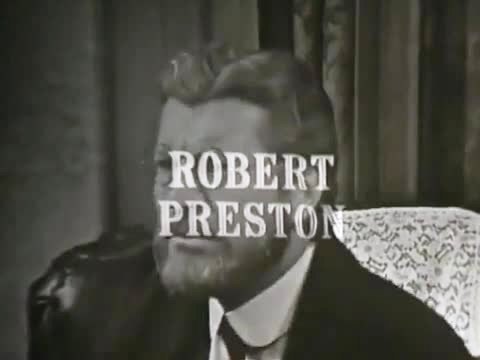
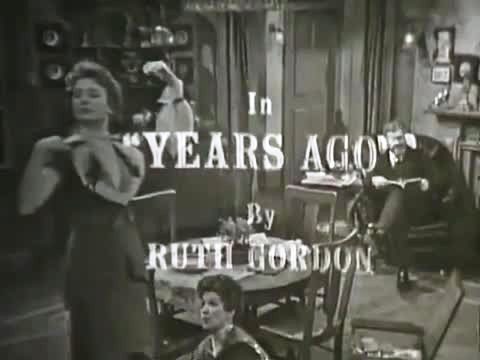
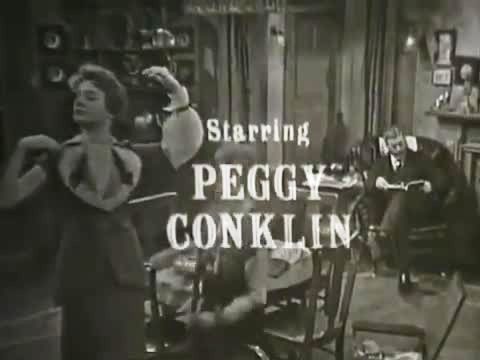
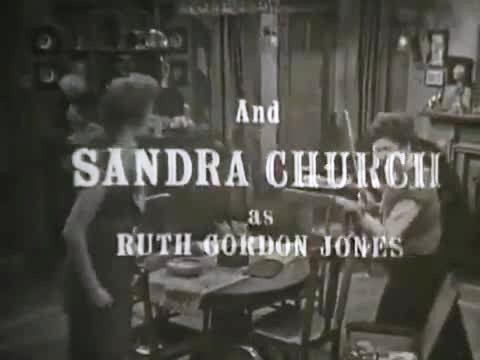

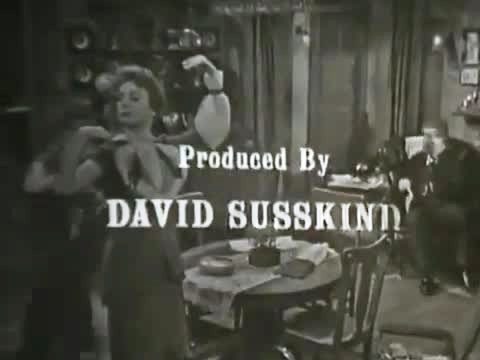

Years Ago - CBS - April 21, 1960
A Presentation of “Dupont Show of the Month” (Season 3 Episode 8)
Drama
Running Time: 90 minutes
Stars
Robert Preston as Clinton Jones
Peggy Conklin as Annie Jones
Sandra Church as Ruth Gordon Jones
Janice Mars as Miss Glavin
Arthur Malet as Mr. Bagley
Roy Fant as Mr. Sparrow
Jo Anna March as Katherine Follett
Abigail Kellog as Anna Witham
Carl Reindel as Fred Whitmarsh
5 notes
·
View notes
Text
Disney Month : Mary Poppins
For the second installment of Disney month ,we are gonna look at a film considered Disneys masterpiece ,Mary Poppins,in a special review requested by @the-blue-fairie ,that I had decided to postpone till Disney month

This 1964 film follows the Banks family who recieve a magical nanny in the form of Mary Poppins (Julie Andrews ) ,who along with Jack of All Trades,Bert (Dick Van Dyke) leads the Banks children on many an outlandish outing to the frustration of the very serious minded patriarch,George Banks (David Tomlinson )
....What do I even say about this movie,its very much beloved and seen as Walt Disneys magnum opus....And I agree,its a great movie,while Ive never been head over heels for it , I do love this movie ,its in my top 10 I think of favorite Disney movies ,top 20 at least .
I think the best way to describe the film is just magical .Part of that magic is the effects ,where they decided to use every trick in the book ,from beautiful matte paintings by the great Peter Ellenshaw ,to animatronics,to stop motion ,to a spectacular animated sequence .In fact I love the magical set pieces which include having a tea party on the ceiling ,climbing smoke above London , and the aforementioned scene where the leads enter an ilustration
I like the flexible reality of the film ,like Mary Poppins isnt just magic the world is a little diffrent.This is a world where when you laugh you float ,chimney sweeps are seeminly magic , and aguy runs his house like a shipand fires a canon everyday and no one bats an eye .I also like we dont get an explination of who Mary Poppins is nor really of who Bert is ,they are just these magical characters (Well Mary is,in this film it is ambiguious if Bert is )who help guide the kids and Mr Banks
Also the cast is just amazing filled with great performers.Filled with really great veteren peroformers,such as Elsa Lanchester as a failed nanny ,Reginald Owen as the aptly named Admiral Boom .Jane Darwell in her final role as the kindly bird woman , and Ed Wynn as the giggling Uncle Albert .Also I like supporting performances by Hermonie Baddley and Arthur Malet ( Who funny enough both would go on to be in the Secret Of NIMH )
Lets talk about the 4 top billed performers ,starting with the one who gets the least amount of screen time Glynis Johns as Winifred Banks,who is a suffragette. I like her performance ,and her song Sister Suffragette is catchy as hell ....But I'm confused if movie is pro suffragette,or mocking suffragettes .I have asked people and looked into it and no one seems to be able to tell ,especially with the ending of her character .I kind oif whish they went a little bit more into her character
David Tomlinson as George Banks ,is the most interesting aspect of the film ,and possibly my favorite performance in the film .In the years since this film the workaholic dad has become a trope ,and usuallly it is done pretty lazily ,but with Banks his problem he has a very rigid narrow way of seeing .He is obsessed with his well ordered little world,that he has become oblivious to not only the emotions of his loved ones but also taking life for granted ,illustrated thorugh the bird woman which leads to possibly the biggest tearjerker in the film .DAvid Tomlinson delivers one hell of a performance ,he nails the snooty repressed banker ,but also nails the befuddled comedy and above all the kind of heartbreaking side of the character as well as having moments of joy .I think he is severely underrated .Also Tomlinson does a few voice roles in the film and he does them realy well
Now while Tomlinson gives the best performance .....I think my favorite character is Bert . Berts a guy with a song in his heart and sunshine in his soul and he is perfect character to play off Mary .Bert is the heart of the film ,while Mary Poppins lays the groundwork for aiding the Banks family,it is Bert ,through two beautiful scenes who gets the ball rolling who helps the children understand their father,the father understand his children . Hes also the comic relief of the film being both goofy but heartfelt ,and Dick Van Dyke is brillaint a t both .ALso in the dance scenes ,HOLY COW ,Dick Van Dyke can move ,and he has great chemistry with Julie Andrewa. Dick Van Dyke also has a second role in the film as the main antagonist Mr Dawes Sr ,who is the verrrrrrrrrrrrrrrry elderly boss of George Banks.Not quite a villain ,I wouldnt call him evil but he is a money obsessed old man,he is very much a comical antagonist (Though as a child he creeped me out a tiny bit ) ,and Van Dyke really pulls of a convincing old man performance ,one of my favorite double performances in film
What can I even say about Julie Andrews ,she won a much deserved oscar for this film and it made her a movie star .I find it funny that parodies often depict Mary Poppins as very sweet and this along with Sound of Music gave Julie Andrews a very sugary reputation.....Cause if you watch the movie,while the film is sentimental , Mary Poppins herself is not sugary ,shes very stern,no nonesnese , and a bit cold ,which is a perfect contrast to her more whimsical moments and her magical nature . Also I like that she plants ideas and get characters in position to where they can learn what they need to
The Songs are all brillaint,written by the Sherman Brothers ,there are 15 so I cant talk about them all .Plus several of the songs like Chim Chiminey , Spoonfull of Sugar and Supercalifragelisticexpialidocious are disney classics ,I dont even need to discuss them .I'll talk about my favorite later ,but I'd the most beautiful song is Feed the Birds ,my favorite deep cut is A Man Has Dreams , and the most fun song is I love to laugh, and Jolly Holiday is just very pleasent
I only have nitpicks really :I mentioned the depctions of suffragettes feels confused , but also I think the kid protagonists Jane and Michael are just OK ,I do not like the song Dont Fall Asleep ,and Stepping Time goes on a little too long ....Also Berts cockney accent is very bad .....But I kind of love it
Alright QUESTION TIME ! QUESTION TIME ! @the-blue-fairie has asked me three questions
1-What is your favorite aspect of Julie Andrews' performance?
Anytime she denies the magical stuff she does is friggin funny to me
2-What are your thoughts on Mr. Banks' character arc and what do you think are the strongest elements of Tomlinson's performance?
I think it is a great arc and my favorite part is just how vulnerable he is before the big change.The streach of film starting with A Man Has Dreams and ending at his leaving Mr Dawes office is my favorite part of the film in general ,but specifically his facial expressions as he listens to Bert and realizes his shortcomings as a dad
3-This may be lamely simple but - favorite song and why? :D
Oh god it WAS NOT SIMPLE.I had 15 songs to choose from and picking which one was hard .....Then I remembered the one I loved the most as a child,the one I would sing in moments of joy,cause it is so joyus :Lets Go Fly a Kite
youtube
OVerall....This is one of the greats.....Please watch it if you havent
@ariel-seagull-wings @amalthea9 @angelixgutz @princesssarisa @goodanswerfoxmonster @marquisedemasque @the-blue-fairie@filmcityworld1 @themousefromfantasyland
6 notes
·
View notes
Note
Goosefeather
Goosefeather
Goosefeather!
arthur malet as mr ages from the secret of NIMH
3 notes
·
View notes
Audio
(Literary License Podcast)
Mrs. Frisby and the Rats of NIMH is a 1971 children's science fiction/fantasy book by Robert C. O'Brien, with illustrations by Zena Bernstein. The novel was published by the New York City publishing house Atheneum Books.
This book was the winner of numerous awards including the 1972 Newbery Medal. Ten years following its publication, the story was adapted for film as The Secret of NIMH (1982).
The novel centres around a colony of escaped lab rats–the rats of NIMH–who live in a technologically sophisticated and literate society mimicking that of humans. They come to the aid of Mrs. Frisby, a widowed field mouse who seeks to protect her children and home from destruction by a farmer’s plow.
The rats of NIMH were inspired by the research of John B. Calhoun on mouse and rat population dynamics at the National Institute of Mental Health from the 1940s to the 1960s.
After O’Brien’s death in 1973, his daughter Jane Leslie Conly wrote two sequels to Mrs. Frisby and the Rats of NIMH.
The Secret of NIMH is a 1982 American animated fantasy adventure film directed by Don Bluth in his directorial debut and based on Robert C. O'Brien's 1971 children's novel, Mrs. Frisby and the Rats of NIMH. The film features the voices of Elizabeth Hartman, Peter Strauss, Arthur Malet, Dom DeLuise, John Carradine, Derek Jacobi, Hermione Baddeley, and Paul Shenar. It was produced by Bluth's production company Don Bluth Productions in association with Aurora Productions.
The Secret of NIMH was released in the United States on July 2, 1982, by MGM/UA Entertainment Co. under the United Artists label. It was praised by critics for its elegant and painstakingly detailed animation, compelling characters, and deep and mature plot, and won a Saturn Award for Best Animated Film of 1982. Though only a moderate success at the box office, it turned a solid profit through home video and overseas releases. It was followed in 1998 by a direct-to-video sequel, The Secret of NIMH 2: Timmy to the Rescue, which was made without Bluth's involvement or input and met with poor reception. In 2015, a live-action/computer-animated remake was reported to be in the works. A television series adaptation is also in development by the Fox Corporation.
Opening Credits; Introduction (1.21); Background History (4.50); Mrs Frisby and the Rats of NIMH Plot Synopsis (6.15); Book Thoughts (11.37); Let's Rate (42.18); Introducing a Film (44.01); Secret of NIMH (1982) Film Trailer (46.00); Lights, Camera, Action (48.33); How Many Stars (1:33.30); End Credits (1.35.41); Closing Credits (1:37.18)
Opening Credits– Epidemic Sound – Copyright . All rights reserved
Closing Credits: Flying Dreams (from The Secret of NIMH) by Kenny Loggins featuring Olivia Newton-John. Taken from the album More Songs from Pooh’s Corner. Copyright 2000 Sony Records.
Original Music copyrighted 2020 Dan Hughes Music and the Literary License Podcast.
All rights reserved. Used by Kind Permission.
All songs available through Amazon Music.
1 note
·
View note
Photo

Bad movie I have Mary Poppins 1964
#Mary Poppins#walt disney#Julie Andrews#Dick Van Dyke#David Tomlinson#Glynis Johns#Hermione Baddeley#Reta Shaw#Karen Dotrice#Matthew Garber#Elsa Lanchester#Arthur Treacher#Reginald Owen#Ed Wynn#Jane Darwell#Arthur Malet#James Logan#Don Barclay#Alma Lawton#Marjorie Eaton#Marjorie Bennett#Walter Bacon#Frank Baker#Robert Banas#Philo Barnhart#Rudy Bowman#Marc Breaux#Art Bucaro#Daws Butler#Roy Butler
1 note
·
View note
Photo

#the secret of nimh#hermione baddeley#john carradine#dom deluise#elizabeth hartman#derek jacobi#arthur malet#paul shenar#peter strauss#don bluth#1982
50 notes
·
View notes
Text
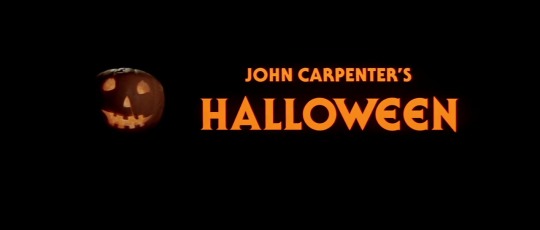
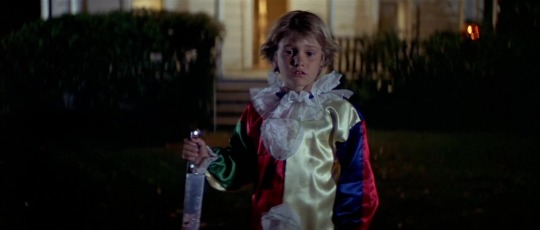
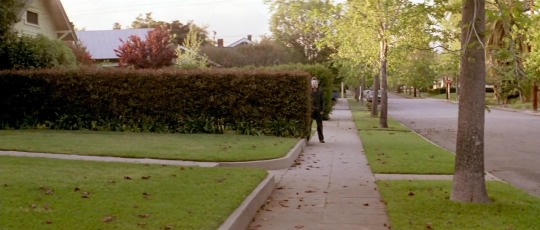
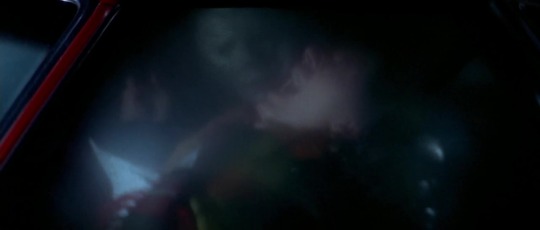



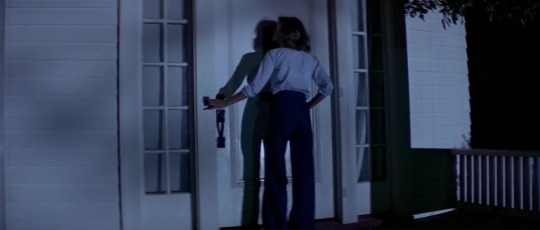
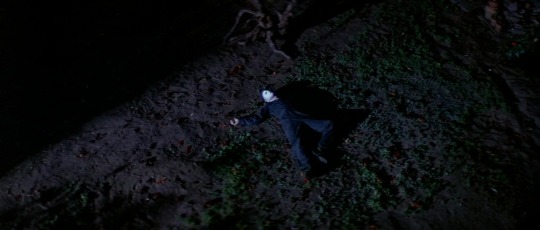
Halloween (1978)
Director - John Carpenter, Cinematography - Dean Cundey
"It's Halloween; everyone's entitled to one good scare."
#scenesandscreens#halloween#john carpenter#dean cundey#donald pleasence#jamie lee curtis#P. J. Soles#Nancy Loomis#nick castle#tony moran#nancy kyes#charles cyphers#kyle richards#brian andrews#John Michael Graham#nancy stephens#Arthur Malet#Mickey Yablans#Brent Le Page#Adam Hollander#Sandy Johnson#David Kyle#Peter Griffith#Robert Phalen
35 notes
·
View notes
Text
The Black Cauldron (1985)
The Black Cauldron (1985)
TED BERMAN, RICHARD RICH
Bil’s rating (out of 5): BB
USA/United Kingdom, 1985. Walt Disney Pictures, Silver Screen Partners II, Walt Disney Animation Studios. Story by David Jonas, Vance Garry, Ted Berman, Richard Rich, Al Wilson, Roy Morita, Peter Young, Art Stevens, Joe Hale, addition dialogue by Rosemary Anne Sisson, Roy Edward Disney, additional story contributions by Tony Marino, Steve…
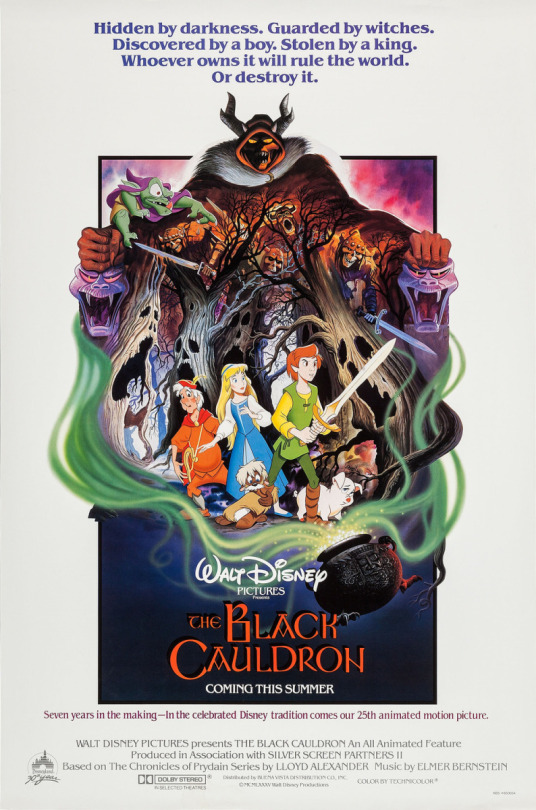
View On WordPress
#Adele Malis-Morey#Al Wilson#Armetta Jackson-Hamlett#Art Stevens#Arthur Malet#Billie Hayes#Brandon Call#Burny Mattinson#David Jonas#Don Griffith#Doug Lefler#Eda Reiss Merin#Elmer Bernstein#Freddie Jones#Grant Bardsley#Gregory Levinson#Jack Laing#James Almanzar#James Koford#James Melton#Jeffrey Katzenberg#Joe Hale#John Byner#John Hurt#John Huston#John Musker#Lindsay Rich#Lloyd Alexander#Mel Shaw#Nigel Hawthorne
1 note
·
View note
Photo
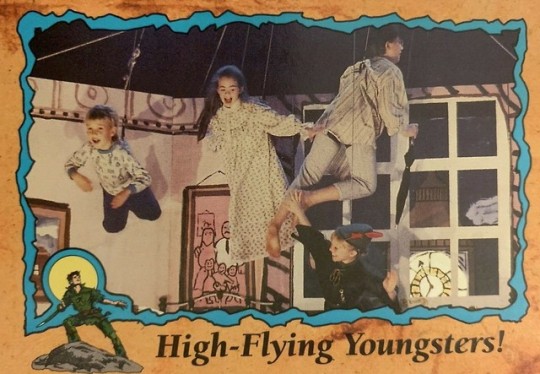

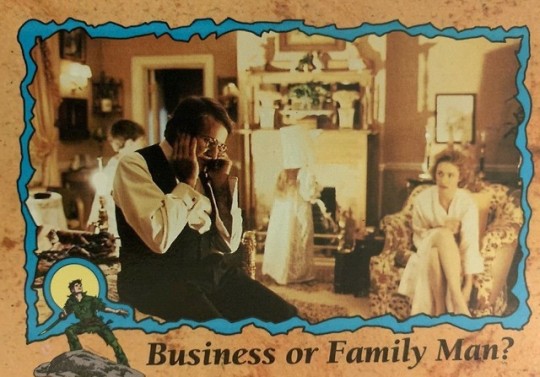






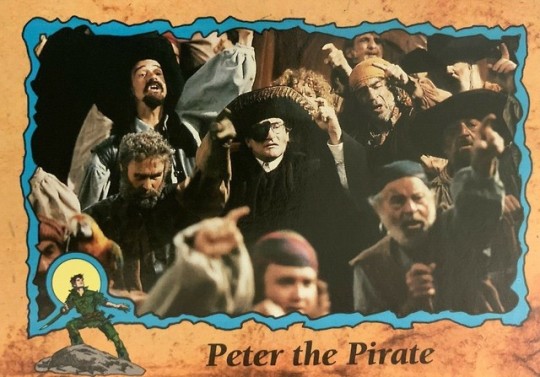
Hook
#Hook#Arthur Malet#Maggie Smith#Glenn Close#Charlie Korsmo#Amber Scott#Robin Williams#Steven Spielberg#James V. Hart#Nick Castle#Malia Scotch Marmo#J.M. Barrie#Hook 1991#90s
34 notes
·
View notes
Text
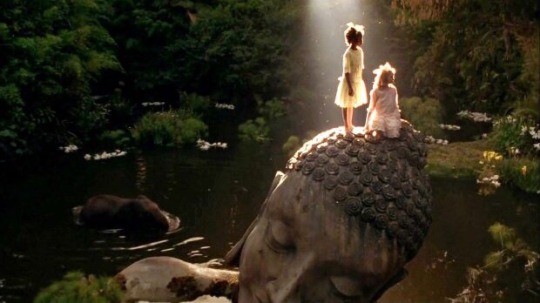
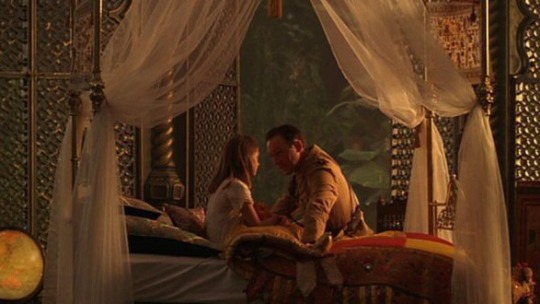
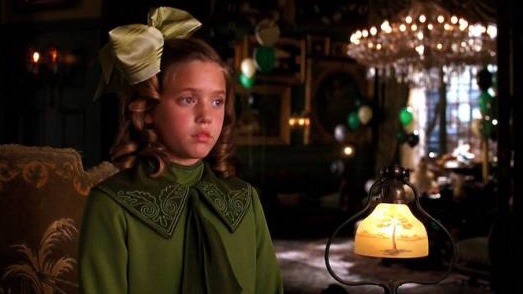


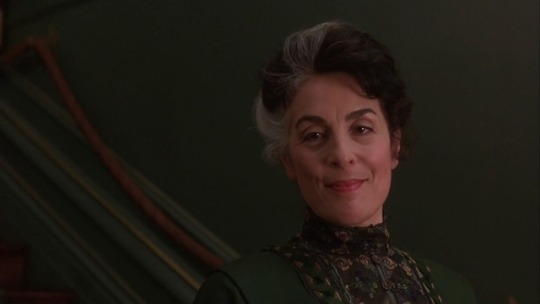

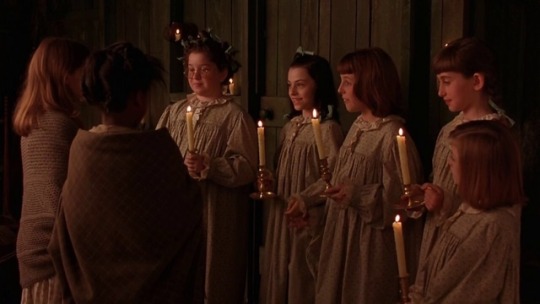
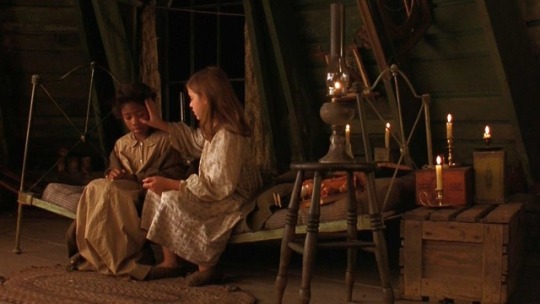
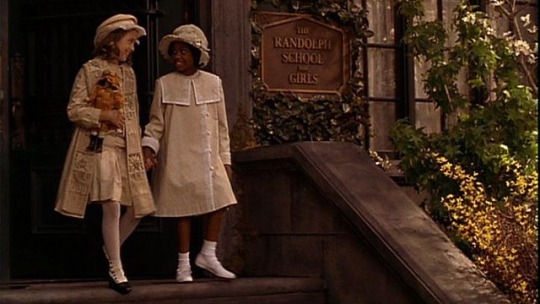
A Little Princess (1995)
365 Movie Challenge
158/365
#365 movie challenge#365 film challenge#a little princess#alfonso cuaron#liesel matthews#eleanor bron#liam cunningham#vanessa lee chester#camilla belle#rachael bella#kaitlin cullum#taylor fry#heather deloach#peggy miley#rusty schwimmer#arthur malet#vincent schiavelli#jonas cuaron#film#movie#fantasy#family drama#drama
29 notes
·
View notes